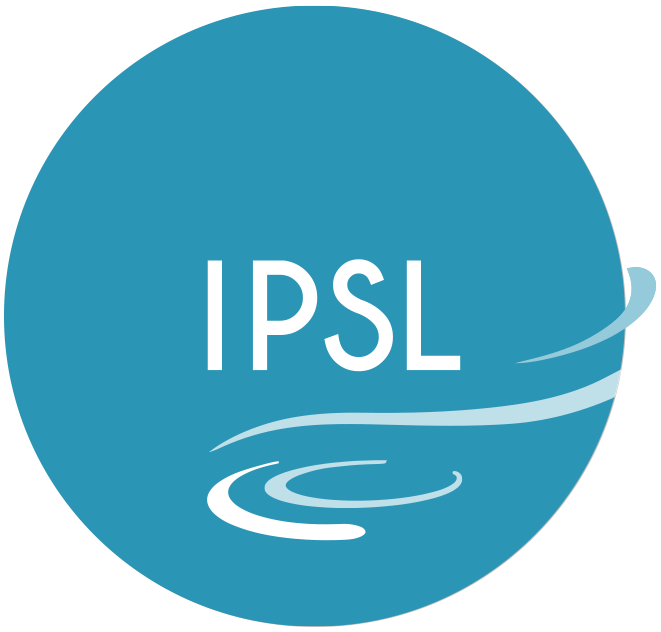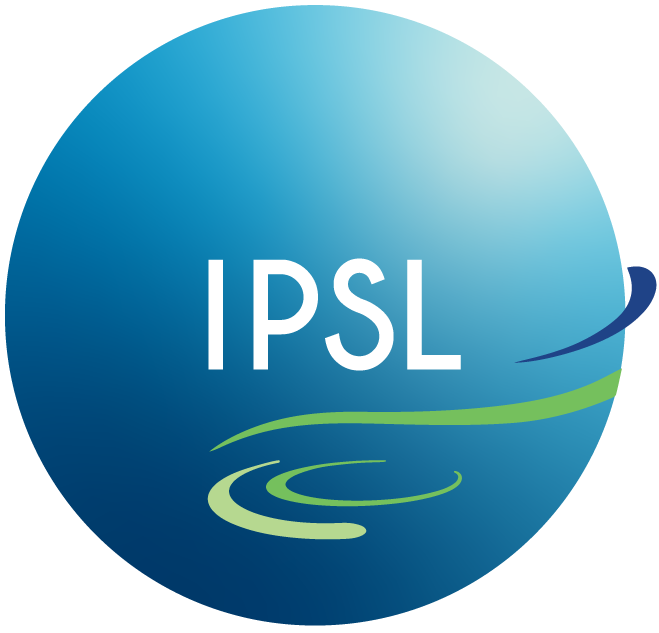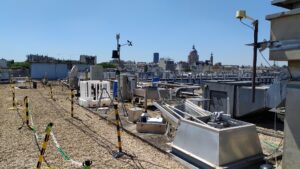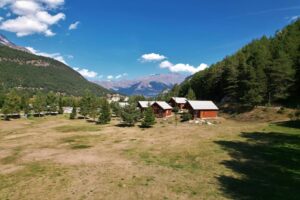Do North American fires affect air quality in Paris?
Air quality in Paris has been improving in recent years, yet concentrations of certain pollutants still exceed the European regulatory thresholds for human health. These pollution episodes are a real health issue for the local population, as they aggravate respiratory illnesses such as asthma and increase the risk of cardiovascular accidents.
What’s more, over the last twenty years or so, fires have intensified on a global scale as a result of climate change, with forest fires being more prevalent in North America. A study was carried out at LATMOS to assess the impact of long-range North American fires on air pollution in Paris.
These mega-fires generate large plumes of pollutants, in particular carbon monoxide (CO) and aerosols (fine particles equal to or smaller than 10 or 2.5 µm, PM10 and PM2.5), which are carried by the winds over several thousand kilometres along the Atlantic, sometimes as far as Europe and the Paris region. During transport, chemical reactions take place in the plumes, which can lead to the formation of ozone (O3), a pollutant that is very harmful to human health.
The events were identified using an algorithm based on the synergy of various measuring instruments from the QUALAIR platform (https://qualair.fr/) and satellite measurements. This approach was used to detect 13 fire events passing over Paris between 2008 and 2023.
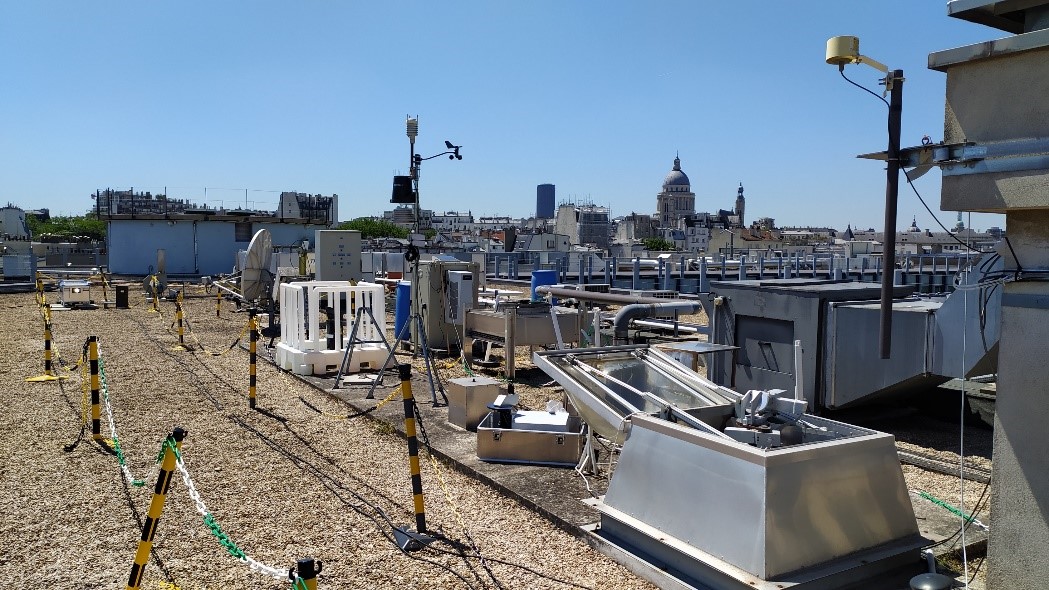
Photo of the various QUALAIR atmospheric observation instruments used for the automatic detection of fire events over Paris. D. R.
To complete our analysis, we studied the time series of pollutant concentrations measured at the surface by Airparif’s network of stations (https://www.airparif.fr/). Our results reveal an increase in surface pollutant concentrations in response to the extreme events detected (Figure 1).
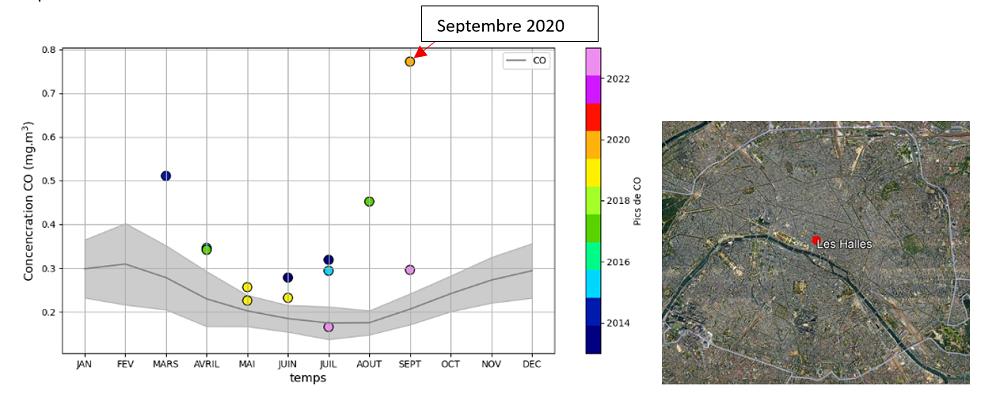
Figure 1: Climatology of monthly CO concentrations calculated between 2013 and 2024 (left) from Airparif’s Les Halles measuring station (right). The coloured dots reflect the year (in colour) and the concentration values measured at the surface during the various extreme fire events. D. R.
During the 13 fire events detected over Paris, a significant increase in CO concentrations was observed at the surface. It can be seen that 78% of the fire events had an impact on the urban atmosphere of Paris, with CO concentrations exceeding their normal values, i.e. their monthly climatologies, by more than 200%.
The most striking fire event was in September 2020 (red arrow, Figure 1), when CO and PM concentrations at the surface greatly exceeded their normal concentrations (Figure 2). These values are characteristic of a polluted day, particularly as the concentrations of the pollutants reached thresholds that are almost dangerous for human health, i.e. 50 µg.m-3 for PM10 and 120 µg.m-3 for O3 (Airparif, https://www.airparif.fr/la-reglementation-en-france). The vertical distribution of aerosols clearly shows the existence of a fire plume in the free troposphere (between 5 and 8 km) on 12 September 2020 and highlights the descent and infiltration of the fire plume into the urban atmospheric layer in the days that followed (red square, Figure 2). This fire event originating in California is a good illustration of the long-range transport mechanisms that affect local air quality in Paris.
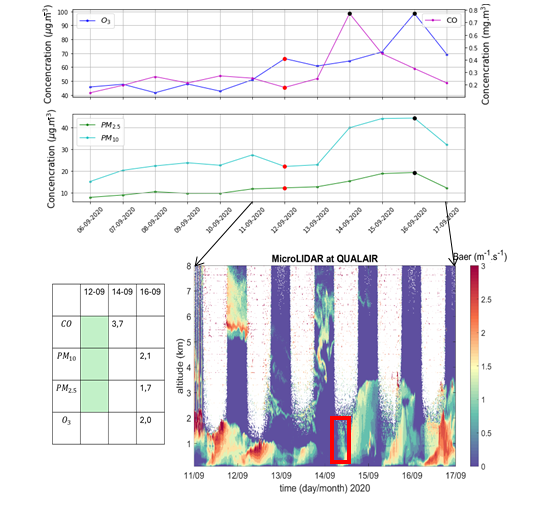
Figure 2: Composite diagram of the extreme fire event of 12 September 2020. At the top are daily pollutant concentrations (magenta: CO, dark blue: O3, green: PM2.5, cyan: PM10). The bottom right shows the values of the deviations from the climatology. The bottom left shows the micro-Lidar vertical profiles with time on the abscissa, altitude on the ordinate (km) and the backscatter coefficient (m-1.s-1) in colour (strong backscatter in red). The Lidar measures the overall relative contribution of the different types of aerosol to the air background signal; the red box shows the infiltration of the aerosol plume. D. R.
The QUALAIR platform has a dense instrumental matrix focused on the study of aerosols. The convergence of optical diagnostics, chemical composition and fine granulometry provides a strong characterisation of extreme events in the Paris region. These data enrich both process and statistical analysis studies and are a useful source for many players in the sector.
More
References
D’Evelyn, S., Jung, J., Alvarado, E., Baumgartner, J., Caligiuri, P., Hagmann, R., Henderson, S., Hessburg, P., Hopkins, S., Kasner, E., Krawchuk, M., Krenz, J., Lydersen., J., Marlier, M., Masuda, Y., Metlen, K., Mittelstaedt, G., Prichard, S., Schollaert, C., Smith, E., Stevens, J., Tessum, C., Reeb-Whitaker, C., Wilkins, J., Wolff, N., Wood, L., Haugo, R., Spector, J., 2022. Wildfire, Smoke Exposure, Human Health, and Environmental Justice Need to be Integrated into Forest Restoration and Management. doi:10.1007/s40572-022-00355-7
Jaffe, D., O’Neill, S., Larkin, N., Holder, A., Peterson, D., Halofsky, J., Rappold, A., 2021. Wildfire and prescribed burning impacts on air quality in the United States. Journal of the Air Waste Management Association. doi:10.1080/10962247.2020.1749731
Contacts Laboratoire Atmosphères, Observations Spatiales (LATMOS-IPSL)
